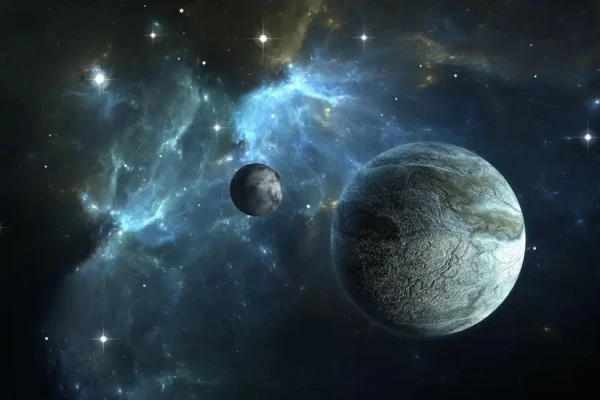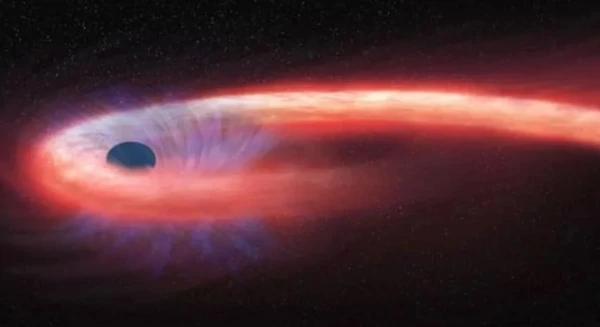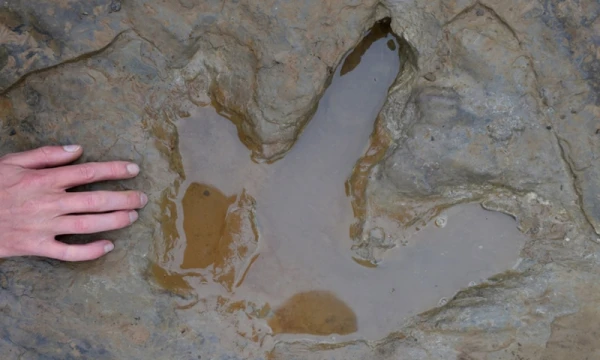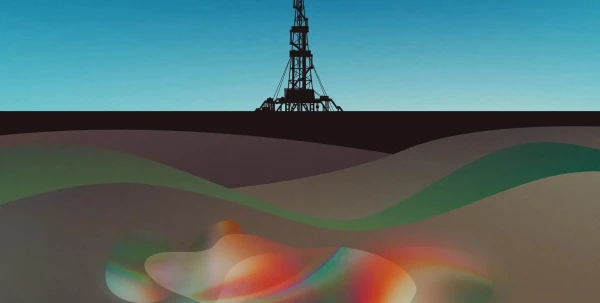
According to the researchers, something must be disturbing the orbits and causing their tilt.
In the Kuiper Belt, scientists have identified signs that may indicate the existence of a previously unknown mysterious planet — the ninth in the Solar System, according to a study published in the Monthly Notices of the Royal Astronomical Society: Letters. The potential new celestial body has been dubbed Planet Y by the authors of the article.
It has not yet been discovered, and its existence is inferred from the tilt of the orbits of some distant objects in the Kuiper Belt — a vast ring of icy bodies beyond Neptune's orbit. According to the researchers, something must be disturbing these orbits and causing their tilt.
"One explanation is the presence of an invisible planet, likely smaller than Earth and probably larger than Mercury, orbiting in the depths of the Solar System," said lead author Amir Siraj, an astrophysicist and doctoral student in the Department of Astrophysical Sciences at Princeton University. "This work is not the discovery of a planet, but it certainly represents the discovery of a mystery for which the planet is a likely solution."
Planet Y is the latest in a series of hypothetical planets in the Solar System proposed by scientists in recent years. They all have slightly different characteristics but are collectively thought to be located in the Kuiper Belt, which also contains Pluto, the former ninth planet that was downgraded and reclassified as a dwarf planet in 2006.
The reason for the emergence of so many candidates for the "ninth planet" is that the Kuiper Belt is a dark, distant region of the Solar System where observations are challenging and incomplete. But these obstacles are likely to diminish as the new telescope, the Vera C. Rubin Observatory, prepares to begin its 10-year survey of the night sky.
After the discovery of Neptune in 1846, astronomers continued the search for another planet in the Solar System, which became known in the early 20th century as Planet X, a name popularized by astronomer Percival Lowell. He suggested that anomalies in the orbits of Neptune and Uranus were related to an undiscovered distant body.
When Pluto was discovered in 1930, astronomers proclaimed it the ninth planet, initially believing it to be Planet X. However, in the following decades, Pluto was deemed too small to account for these anomalies, and by the early 1990s, data from the Voyager 2 probe showed that Neptune's mass was less than previously thought, explaining the orbital disturbances without the need for Planet X.
The search resumed in 2005 when three astronomers, including Mike Brown, a professor of planetary astronomy at the California Institute of Technology, discovered Eris — an icy body slightly larger than Pluto, which also orbits the Sun from the Kuiper Belt.
This discovery ultimately led to the much-maligned demotion of Pluto from planet to dwarf planet, and in 2016, Brown and his colleague Konstantin Batygin published a study for the first time on their own hypothesis about the existence of another planet in the Solar System, which they called the Ninth Planet.
The mass of the Ninth Planet is estimated to be between five and ten times that of Earth, and it orbits the Sun far beyond Pluto, at a distance approximately 550 times greater than the distance between Earth and the Sun. Over the years, scientists have hypothesized about hidden planets of various sizes, from a Mars-sized body to a "super-Pluto."
As the Kuiper Belt is difficult to observe, astronomers rely on studying the orbits of a limited number of objects to infer the presence of a planet. In Siraj's study, this number is about 50, making the existence of Planet Y uncertain.
<iframe width="560" height="315" src="https://www.youtube.com/embed/FQCExoU4Wuk?si=v8cNV0Z5pSsP6Fie" title="YouTube video player" frameborder="0" allow="accelerometer; autoplay; clipboard-write; encrypted-media; gyroscope; picture-in-picture; web-share" referrerpolicy="strict-origin-when-cross-origin" allowfullscreen></iframe>












